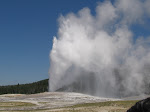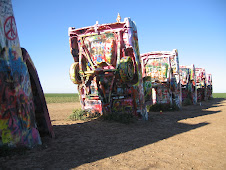I went on a journey to discover what Archiving is, only to learn that it is far more complicated and interesting than my preconceived notion. Archiving is more than a backup of information; it is a source of information. Yes, it is a backup, and backups are sources of information; however, an archive is legally the same as having the original. Archived materials can not be reproduced without permission. Intellectual property laws included archived materials. This can be as simple as keeping a copy of a manuscript on an external hard drive and in print, thus rendering the same, only not the same. They may be the same word for word, only one is on paper and the other requires an external device to view.
Archives also preserve the work for long time periods. Let’s face it, print versions do not last forever. Sometimes they get wet, or even burned in the case of Bradbury’s Fahrenheit 451. Whatever the case may be, having more than one format of a work, or at least more than one copy of it, can provide the work to others farther in the future.
While this small idea of mine is hardly the entirety of all archiving information, it is certainly a starting point.
Subscribe to:
Post Comments (Atom)





2 comments:
so what are some of the practicalities of archiving? cost wise, how do they match up? What are most institutions choosing to do?
I remember reading Bradbury’s Fahrenheit 451, in high school. I enjoyed the reference you gave about this book burning. Print versions do not last forever, but if the book is well preserved then a print copy can last a long time. I agree that having more than one format of a work is a good method of insuring that book will be available for future use.
Post a Comment